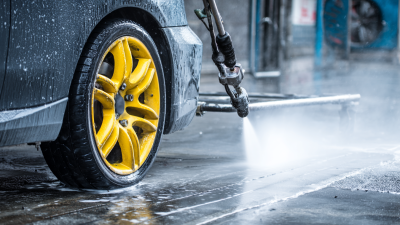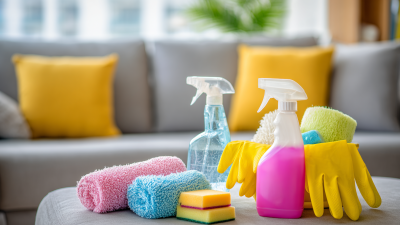Why Understanding Pressure Washing Techniques Can Transform Your Cleaning Routine
In today's fast-paced world, maintaining cleanliness in both residential and commercial spaces is more important than ever, and pressure washing has emerged as a critical technique in achieving this goal. According to a report by the Cleaning Industry Research Institute (CIRI), pressure washing can remove up to 99% of harmful contaminants, including mold, mildew, and dirt, significantly improving the overall hygiene and appearance of surfaces.
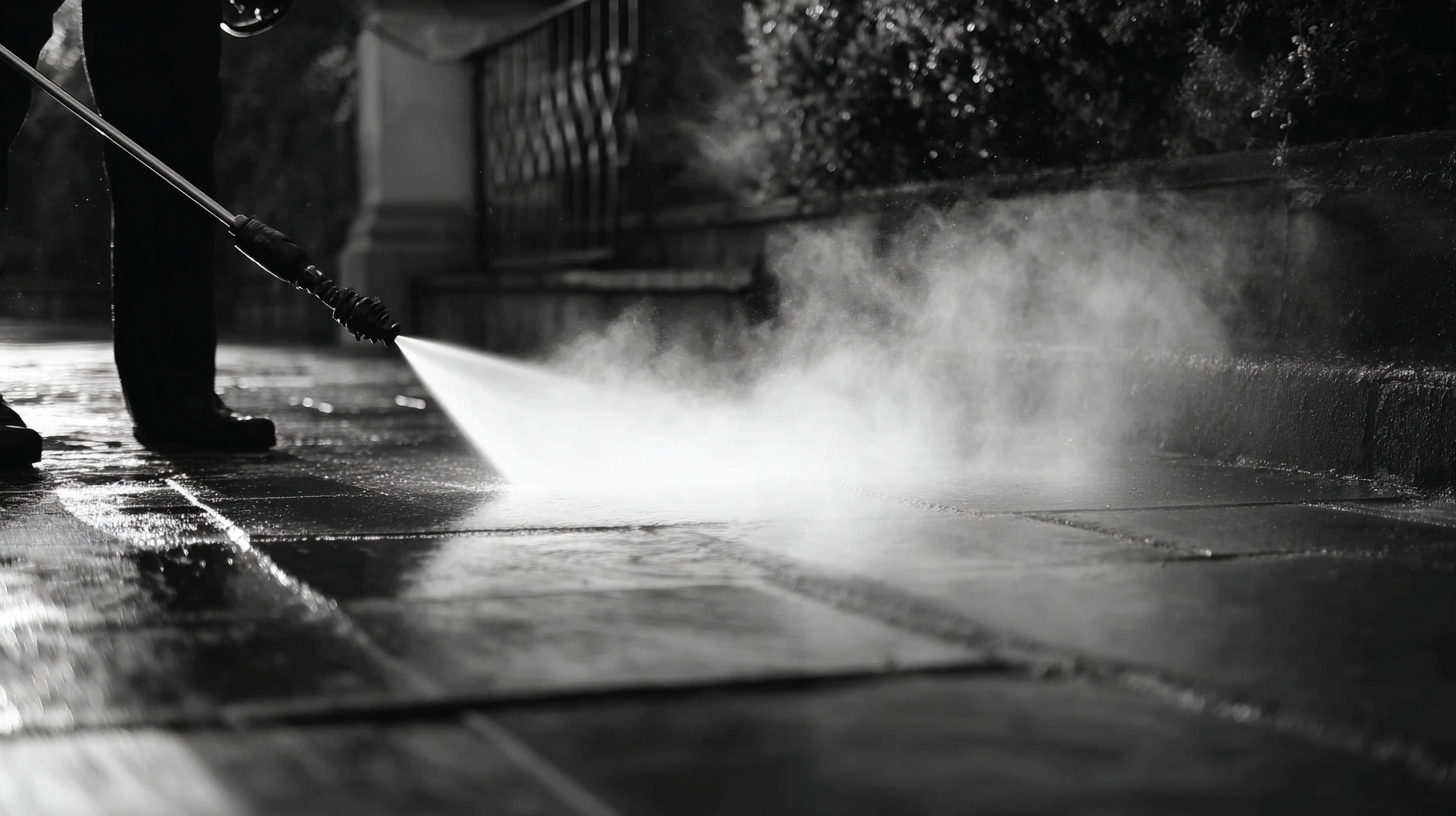 With advancements in technology, modern pressure washing equipment not only enhances efficiency but also conserves water, using up to 50% less than traditional cleaning methods. As homeowners and business owners seek sustainable and effective cleaning solutions, understanding pressure wash techniques is essential for optimizing their cleaning routines and ensuring long-lasting results. By mastering these techniques, individuals can transform their approach to cleanliness, making it quicker, safer, and more effective than ever before.
With advancements in technology, modern pressure washing equipment not only enhances efficiency but also conserves water, using up to 50% less than traditional cleaning methods. As homeowners and business owners seek sustainable and effective cleaning solutions, understanding pressure wash techniques is essential for optimizing their cleaning routines and ensuring long-lasting results. By mastering these techniques, individuals can transform their approach to cleanliness, making it quicker, safer, and more effective than ever before.
The Evolution of Pressure Washing: From Basics to Advanced Techniques
Pressure washing techniques have evolved significantly over the years, transitioning from simple methods to advanced, specialized approaches. Initially, pressure washing was primarily used for basic cleaning tasks such as rinsing down sidewalks or decks. Homeowners relied on high-pressure water jets to remove dirt and grime, but this one-size-fits-all approach often led to inconsistent results and potential damage to surfaces. As the demand for effective cleaning solutions grew, various advancements emerged, introducing lower pressure applications, specialized nozzles, and eco-friendly detergents.
Today, understanding the nuances of pressure washing techniques is crucial for maximizing effectiveness and minimizing risks. Advanced techniques include soft washing for delicate surfaces, optimizing pressure settings based on material type, and employing specific cleaning solutions tailored for different stains and contaminants. This evolution in pressure washing not only enhances cleaning efficiency but also extends the lifespan of surfaces, making it an invaluable tool in any cleaning routine. By mastering these techniques, homeowners can achieve impressive results while protecting their investments and improving the overall aesthetic of their properties.
Understanding Pressure Washing Techniques
Key Components of Pressure Washing Equipment: Choosing the Right Tools
Choosing the right pressure washing equipment is crucial for achieving effective results in your cleaning routine. Different surfaces and tasks require specific types of pressure washers, nozzles, and accessories. For instance, residential pressure washers typically range from 1300 to 3000 PSI, suited for various applications like cleaning patios, driveways, or siding. Understanding the pressure ratings helps you select a unit that not only meets your cleaning needs but also protects the surfaces from potential damage.
Additionally, the choice of nozzle plays a significant role in how efficiently dirt and grime are removed. Nozzles vary in spray patterns, from a narrow, high-pressure stream to a wide fan spray. Each pattern is designed for specific tasks: a 0-degree nozzle is ideal for tough stains, while a 40-degree nozzle is better for wider areas where gentler cleaning is needed. Alongside nozzles, investing in proper accessories such as surface cleaners, extension wands, or chemical injection systems can enhance the performance of your pressure washer, making your cleaning routine more effective and less time-consuming.
Why Understanding Pressure Washing Techniques Can Transform Your Cleaning Routine - Key Components of Pressure Washing Equipment: Choosing the Right Tools
| Tool Type | Pressure (PSI) | Flow Rate (GPM) | Best Uses |
|---|---|---|---|
| Electric Pressure Washer | 1500 - 2000 | 1.2 - 2.0 | Patio, Deck, Cars |
| Gas Pressure Washer | 2500 - 4000 | 2.0 - 4.0 | Driveways, Heavy Equipment |
| Hot Water Pressure Washer | 2500 - 4000 | 2.5 - 5.0 | Grease Removal, Industrial Cleaning |
| Pressure Washer Attachments | N/A | N/A | Surface Cleaning, Extension Wands |
| Chemical Injectors | N/A | N/A | Cleaning Solutions, Stain Removal |
Pressure Washing Techniques for Different Surfaces: A Comprehensive Guide
Understanding pressure washing techniques is essential for effectively cleaning a variety of surfaces. Different materials require specific methods to ensure a thorough clean without causing damage. For instance, concrete surfaces can withstand higher pressure and benefit from aggressive cleaning methods that remove stubborn stains, such as oil or grime.
On the other hand, softer surfaces like wood or vinyl siding need a more delicate approach. Using lower pressure and specially formulated detergents can help maintain their integrity while achieving a fresh appearance.
Moreover, adjusting the nozzle and pressure settings according to the surface type plays a crucial role in the efficiency of the cleaning process. For example, a wide fan spray is ideal for large areas like driveways, while a concentrated nozzle is better suited for targeted spots on hard-to-reach areas or intricate structures. By mastering these techniques, homeowners and professionals alike can elevate their cleaning routine, ensuring that every surface is treated appropriately, leading to enhanced longevity and aesthetics.
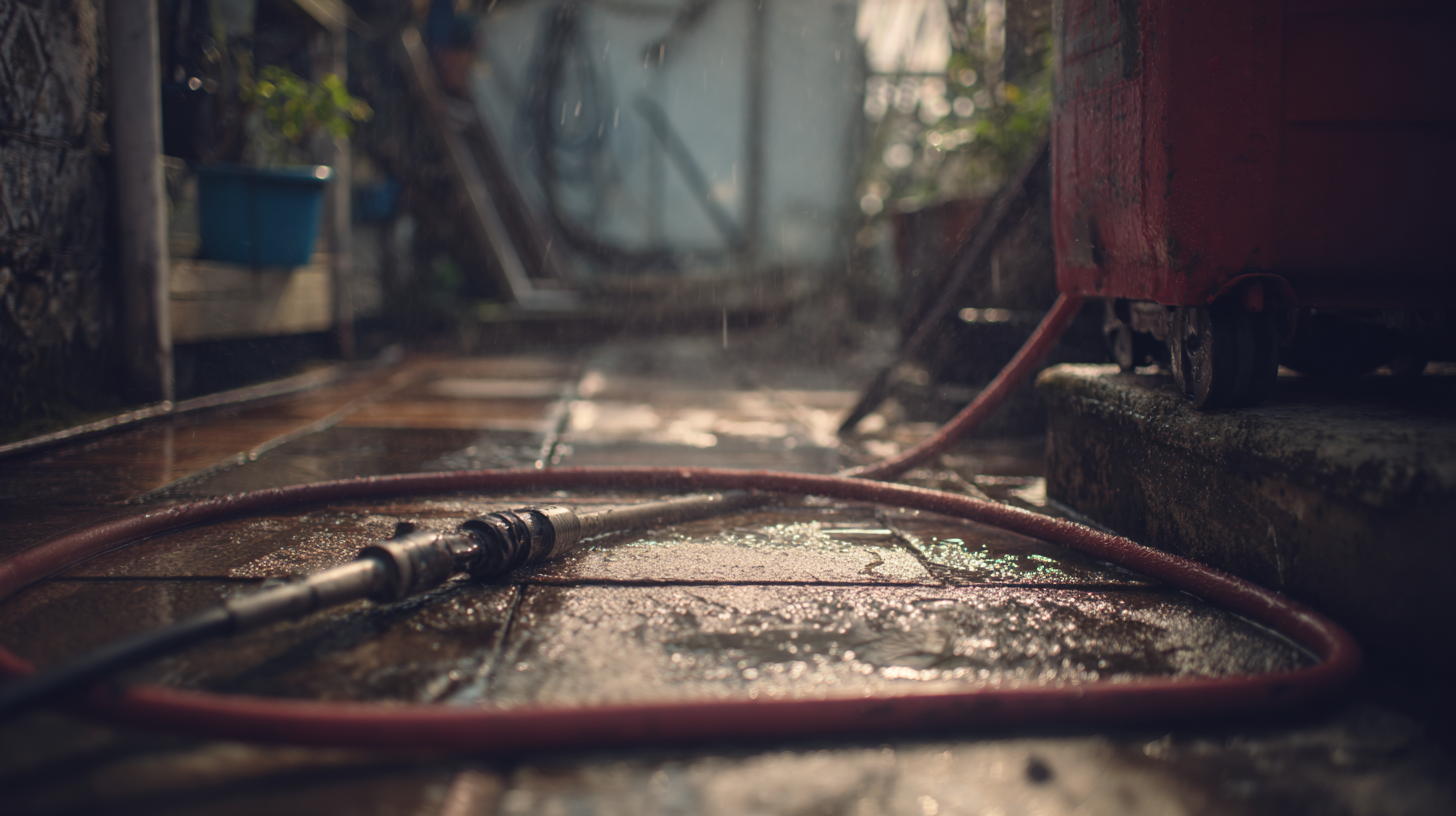
Safety Precautions and Best Practices for Effective Pressure Washing
When it comes to pressure washing, safety should always be a top priority. Before starting any project, it is essential to wear appropriate protective gear, including safety goggles, gloves, and steel-toed boots. These items shield you from potential debris and high-pressure water that could cause injury. Additionally, be mindful of the environment; ensure that the area you are cleaning is free from fragile plants and that nearby windows are protected from overspray.
In addition to safety measures, employing best practices can significantly enhance the effectiveness of your pressure washing routine. Begin by selecting the right nozzle for your task; a wider spray is ideal for delicate surfaces, while a narrow stream works well for tougher stains. Always start at the highest point and work your way down to avoid streaking and ensure that dirt flows downwards.
Finally, maintaining a consistent distance from the surface being cleaned is crucial to prevent damage and optimize results. Understanding and applying these techniques not only transforms your cleaning routine but also ensures a safe and efficient pressure washing experience.
Maximizing Efficiency: Time-Saving Tips for Your Pressure Washing Routine
When it comes to pressure washing, efficiency can make a significant difference in your cleaning routine. By mastering specific techniques, you can save time and still achieve exceptional results. One valuable tip is to pre-soak surfaces before you start pressure washing. This allows the cleaning solution to break down dirt and grime, making it easier for the pressure washer to do its job. Simply apply a detergent with a low-pressure spray, let it sit for a few minutes, and then rinse it off with high pressure.
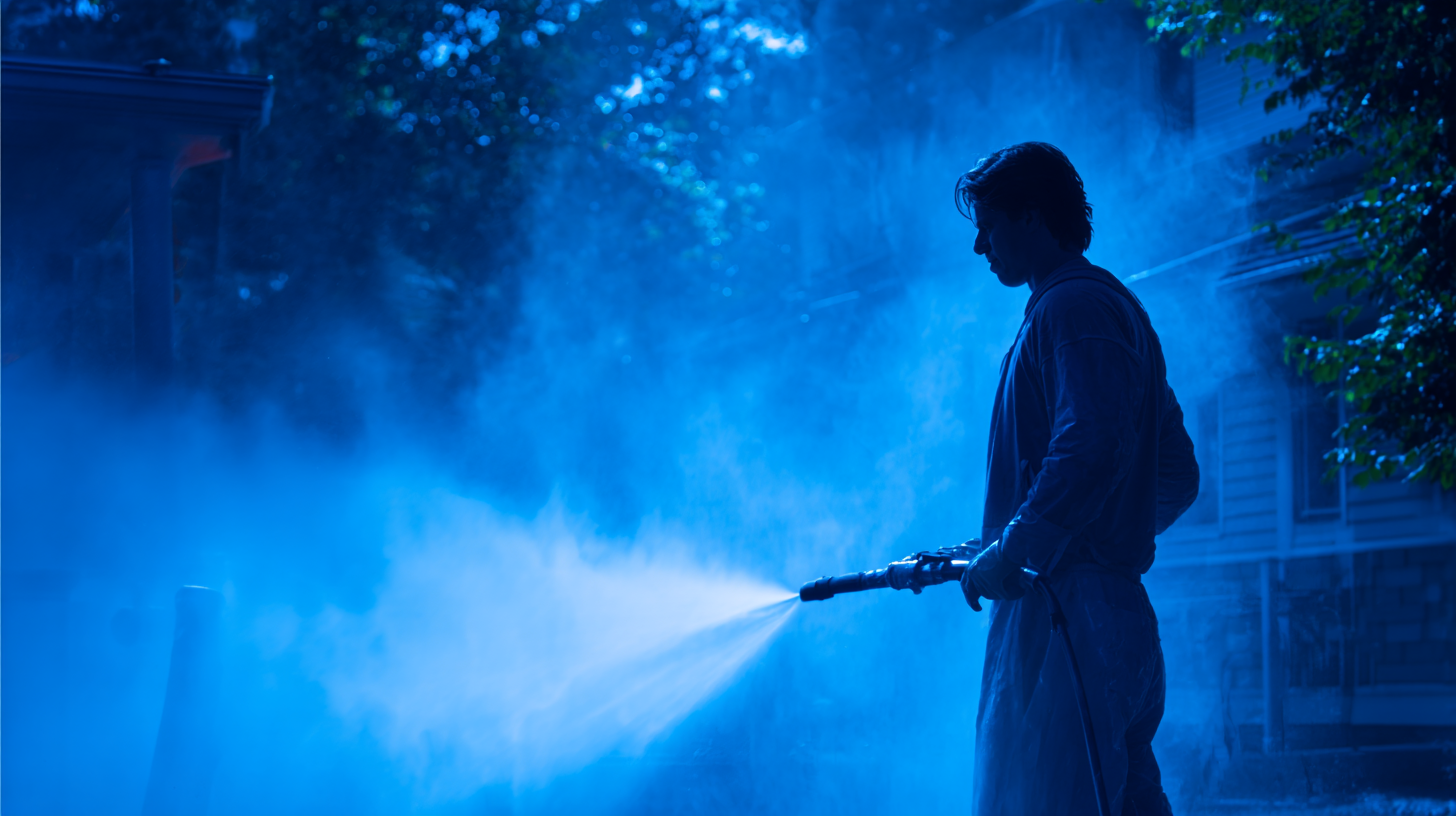
Another effective approach is to use the right nozzle for the task at hand. Different nozzles offer various spray patterns and pressures, so choosing the correct one can enhance your efficiency. For instance, the 25-degree nozzle is excellent for medium-duty jobs, striking a balance between power and coverage. Additionally, ensure that you are moving in a consistent pattern, overlapping each stroke slightly to avoid streaks and ensure even cleaning. By implementing these tips, you can transform your pressure washing routine into a time-saving powerhouse.
